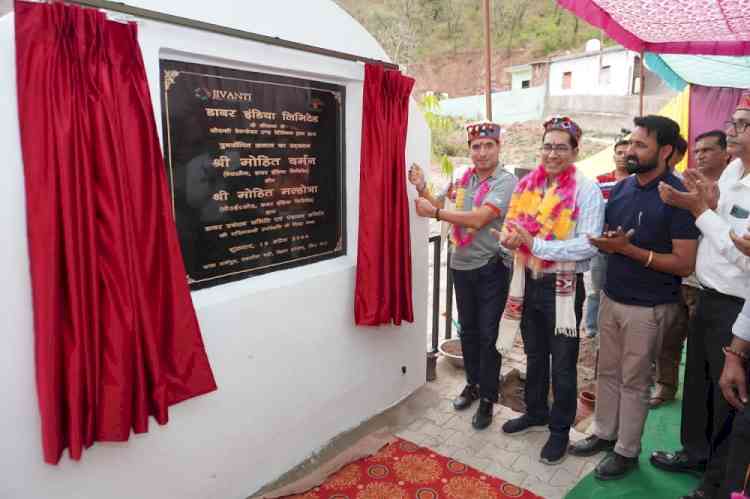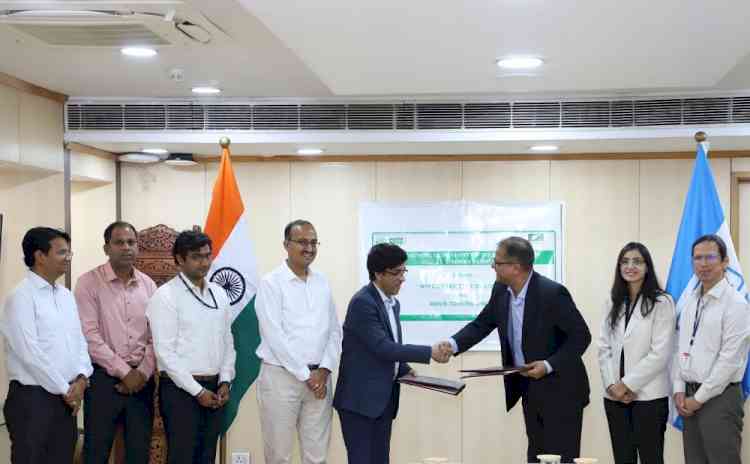Bumper Production without Necessary Movement of Crops will not Solve Farmers’ Distress

By Rajesh Aggarwal, Managing Director, Insecticides (India) Limited
India is one of the foremost countries that can bask in the glory of ‘bumper production’ year after year. The advance estimates released by the agriculture ministry depict that total production of horticultural produce including fruits, vegetables, spice, and flowers until July this year will be 314.67 metric tonnes, against the 311.71 metric tonnes in the previous year. And yet, we hear a lot of news on subsidised irrigation water, power, seeds, and fertiliser to grow crops that often give surplus yield. Consequently, it will not be unfair to wonder why our farmers still need subsidy whereas their counterparts in abroad, despite producing only a part of the ‘bumper production’, are more self-reliant. Despite the rosy future, we are circumspect whether it will augur well for the farmers or will be yet another year of struggle for prices. In my interactions with the farmers, few issues, and aspects of mobilising their crops have come up year after year. Discussing them in brief may give you an idea where are we lacking.
Need More and Better Warehouses
Typically, the demand-supply dynamics that rule the market ensures that prices plummet during harvest and surge during lean period. This means that the farmer effectively gets less for the produce despite more than usual harvest. One of the most effective ways to address this irony is to create an ecosystem of well-positioned and well-equipped warehouses across the country. This will help farmers to save the crops to the time when there will be no harvest in spite of enough demand. In fact, one of the reasons why farmers abroad have a better earning despite lesser yield is that they have been able to monetize their limited harvest in the best possible manner. Apart from enabling profitable access to the market, these storages can play an important role in facilitating the access of crops to the food processing and packaging units. To be able to reach these units will be a more commercially-viable option for the farmers and a good way to utilise the surplus crop.
Access to Roads and Vehicles Fall Short
This brings to the next pertinent question, where to build these storages. The highways, one of the main routes to transport agri produce from one part to the other, can be a rather opportune site. Most of the farmers choose roadways over any other means of transport. However, few can afford an air-conditioned transport that would save the produce from heat, moisture or cold. As a result, a part of the harvest is lost in transit. Locating warehouses on the highway will ensure that the farmers are able to save their crops until a more favourable time to sell them. However, access to these will be dependent on the condition of roads and availability of vehicles. While most of the roads in the interiors of India have potholes and ditches peppered on them, getting the vehicle can be challenge for the farmers who often overcharge. Such poor connectivity issue is one of the major reasons that agri produces struggle to find a way to the markets. India’s road network too is far from adequate – according to the figures available in ‘Statistical Year Book India 2017’, out of a total highway (state and national) length of 265,100 kms, 263,263 kms is surfaced while out of a total of Panchayati Raj and Rural Roads of 1,831,043 kms and 2,437,255 kms, respectively, only 986,075 kms and 1,486,069 kms, respectively, have been surfaced or concretised. These roads are key to ensure that farmers growing crops in the interiors of the country can sell their produce, either through physical access to the markets or through e-NAM (electronic National Agriculture Market).
Digital Literacy to Leverage e-NAMs is Lacking
In a country where general literacy covers a sizeable population and access to the Internet has enabled an enviable Smartphone penetration, the digital coverage among farmers remain questionable. These people still depend on age-old practices which are often unproductive, if not counterproductive. As a result, the government’s move to e-NAMs (National Agricultural Markets) bore limited fruit. The physical access to mandis is a task for many farmers, especially the small and marginal ones. Though only around 600 mandis are enrolled in the e-NAM system, and there is an urgent need to improve their performance to encourage sponsors to raise their bids and compete to enrol farmers to secure input supplies, farmers are yet to take advantage as many of them are not digitally adept.
Historically, such bumper productions are the good news to statisticians who can play around with the figures to show how increase in production pushed down the wholesale price index (WPI) and consumer price index (CPI), and thereby keeping the dreaded inflation under check, and retail customers, who are flooded with choice, though we may doubt how useful that ultimately proves to be. Farmers are the last ones to reap the benefit.The time to change it is here.

 cityairnews
cityairnews 















